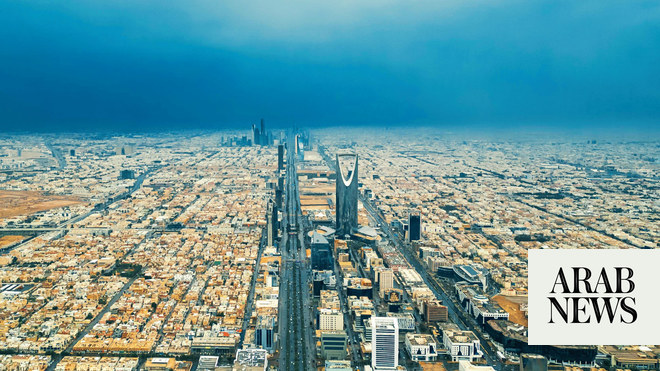
For four weeks, India’s commercial capital, Mumbai, has been struggling with severe flooding as the monsoon continues to pound the city and surrounding area with unusually heavy rains. Dozens of people have been killed in weather-related incidents in the greater metropolitan area.
Mumbai is hardly an isolated example of how urban areas are suffering from the effects of climate change; 21 Indian cities are expected to run out of water next year, for example, while wildfires have threatened cities such as Los Angeles, and Jakarta is sinking as a result of rapid soil erosion.
Cities around the world are bearing the brunt as the climate shifts, and there is no shortage of headlines about the effects on populations and lives of heat, rain, floods or water scarcity.
According to UN Habitat, a program that works to promote better urban environments, 90 percent of cities are vulnerable to climate change and most of them are already feeling the effects in one form or the other. Due to the concentration of the population, and the media, in urban areas, climate change disasters affecting our cities are reported with much greater frequency than those in remote and sparsely populated areas such as, say, the Siberian Steppes. And due to the concentration of wealth in cities, the economic disruption and cost of disasters is much greater.
Within cities, the most vulnerable sections of the population are slum dwellers and the homeless, especially those in developing nations where slums tend to be located along river banks or on hillsides and slopes that are prone to landslides. Slums also often emerge in the most polluted parts of the cities, such as landfills or abandoned industrial sites.
Yet cities are not only the victims of climate change. They have disproportionately high carbon footprints and so are also the principal villains of the piece. Even though they cover barely 2 percent of the global land mass and are home to less than half of the global population, they account for nearly 76 percent of the world’s carbon emissions.
Compared with a typical rural household, an urban home is equipped with many more gadgets and consumer durables, and consumes much more energy. Then there are the large residential, official and commercial complexes, which are also guzzlers of energy thanks to their lights, air conditioners, elevators and other modern conveniences. The concentration of cars and other forms of transport in urban areas also plays its part. All this despite the fact that cities are rarely home to large industries, which are also major consumers of energy and, as a result, have a large carbon footprint.
Although cities are increasingly becoming climate hotspots, urbanization continues around the world at a rapid pace as millions of people from rural areas migrate to metropolitan hubs. This is mainly because of the better economic prospects they offer but also the superior facilities for health, education and other civic amenities, which are often lacking in the rural areas of most developing nations.
Paradoxically, climate change is adding to the rate of migration to cities, even though the new arrivals are among the most vulnerable to weather-related disasters. Failed rains, soil erosion and frequent floods, for example, have contributed to farmers abandoning their lands and moving to the city in search of a livelihood.
According to UN Habitat, about 55 percent of the global population — almost 4 billion people — live in urban areas. Within three decades, an additional 2.5 billion people will be living in cities around the world. Almost 70 percent of this increase will happen in developing nations in Asia and Africa. The urban population of India, for example, is expected to rise from about 460 million people (about 34 percent of the country’s population) to almost 700 million within a decade.
Climate change is adding to the rate of migration to cities, even though the new arrivals are among the most vulnerable to weather-related disasters.
Ranvir S. Nayar
This urban growth will pose serious challenges for governments all over the world. Over the past decade or so, even the wealthiest, most developed nations have experienced deterioration in the quality of life as leaders struggle to deal with escalating problems and shrinking budgets.
Many cities in the US, for example, have been in decline since the financial crisis more than a decade ago. The story is no different in Europe, where the additional burden of migrants from Africa and the Middle East adds to the pressure on already-creaking urban infrastructure.
If the developed nations, with economies worth trillions of dollars, are struggling to deal with the urban issues created by fewer than a billion people, the challenges of urbanization are clearly insurmountable for developing and resource-poor nations such as India, or any other nation struggling with a rising population and increasing migration to the cities.
Leaders might be tempted to view urbanization as the solution, an inevitability even, to many of the current problems their countries are facing, but this is a trap that will spring sooner rather than later. When it does, governments and local authorities will be unable to respond to the crises and rising social tensions that are bound to emerge as inequality continues to rise sharply within urban clusters and poorer sections of society start demanding their share of the economic cake.
Practically none of the cities in the world has been able to curb, let alone reverse, the problems of sharply rising pollution and rapidly deteriorating amenities. If our cities are to remain livable, urbanization needs to be slowed down, if not reversed.












